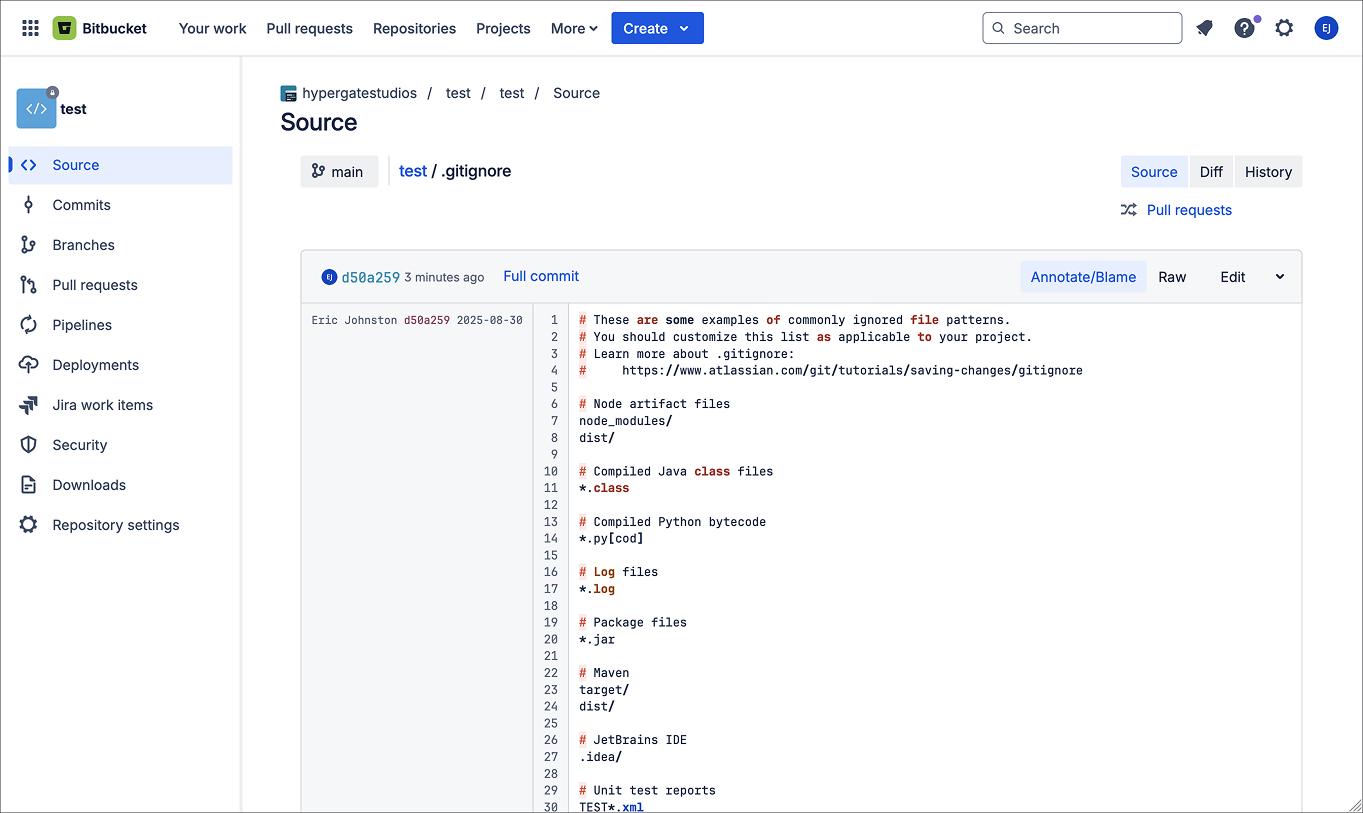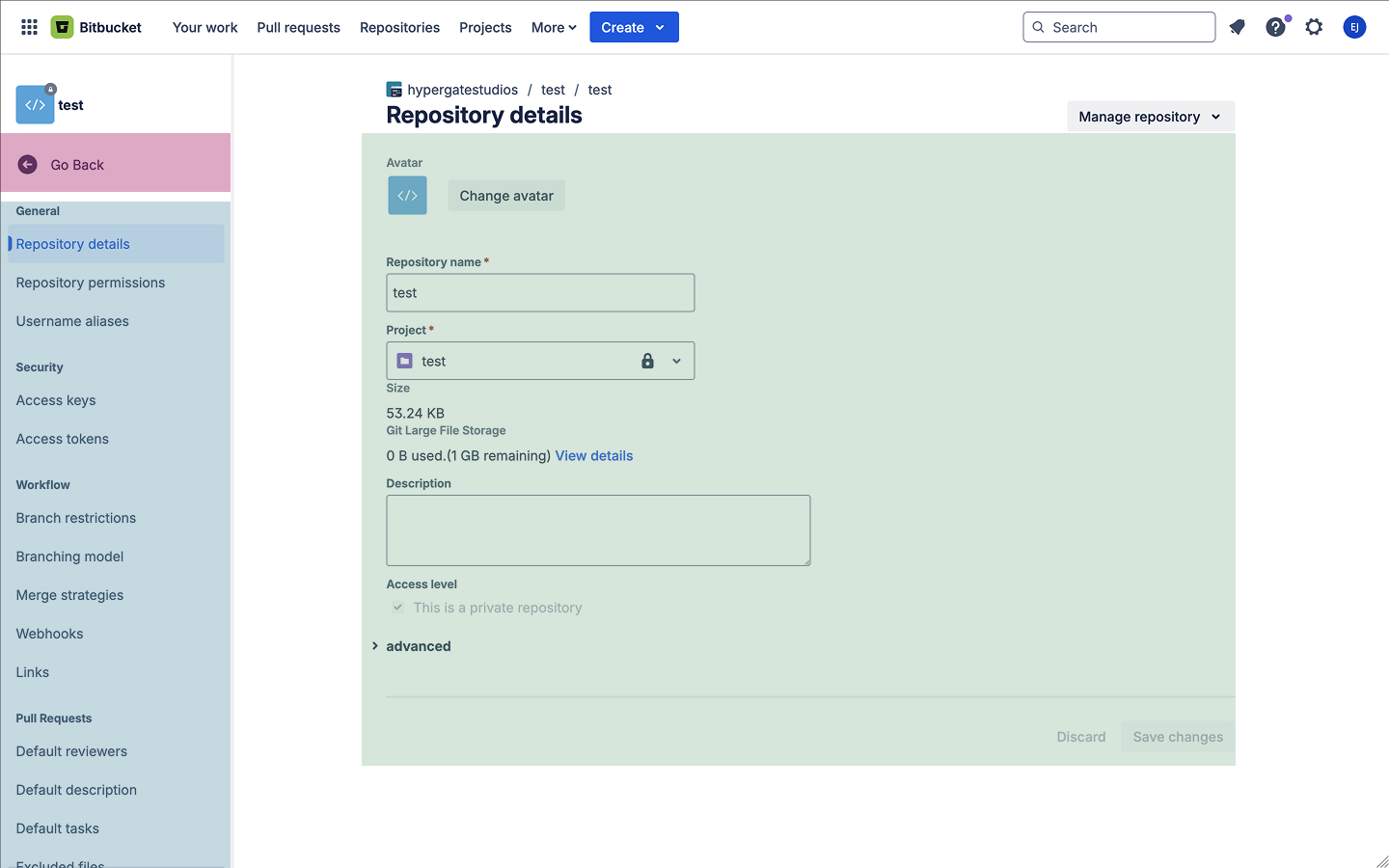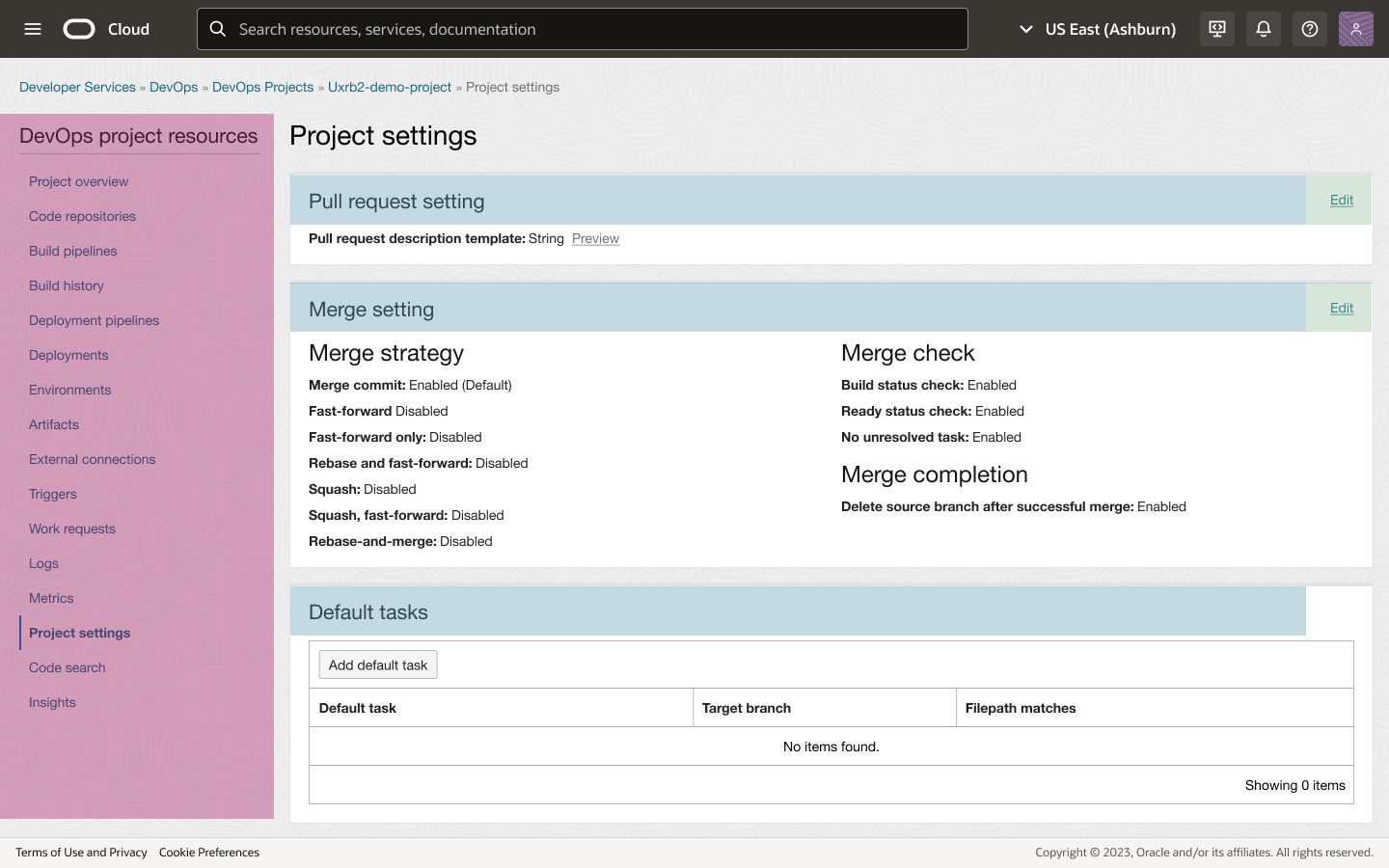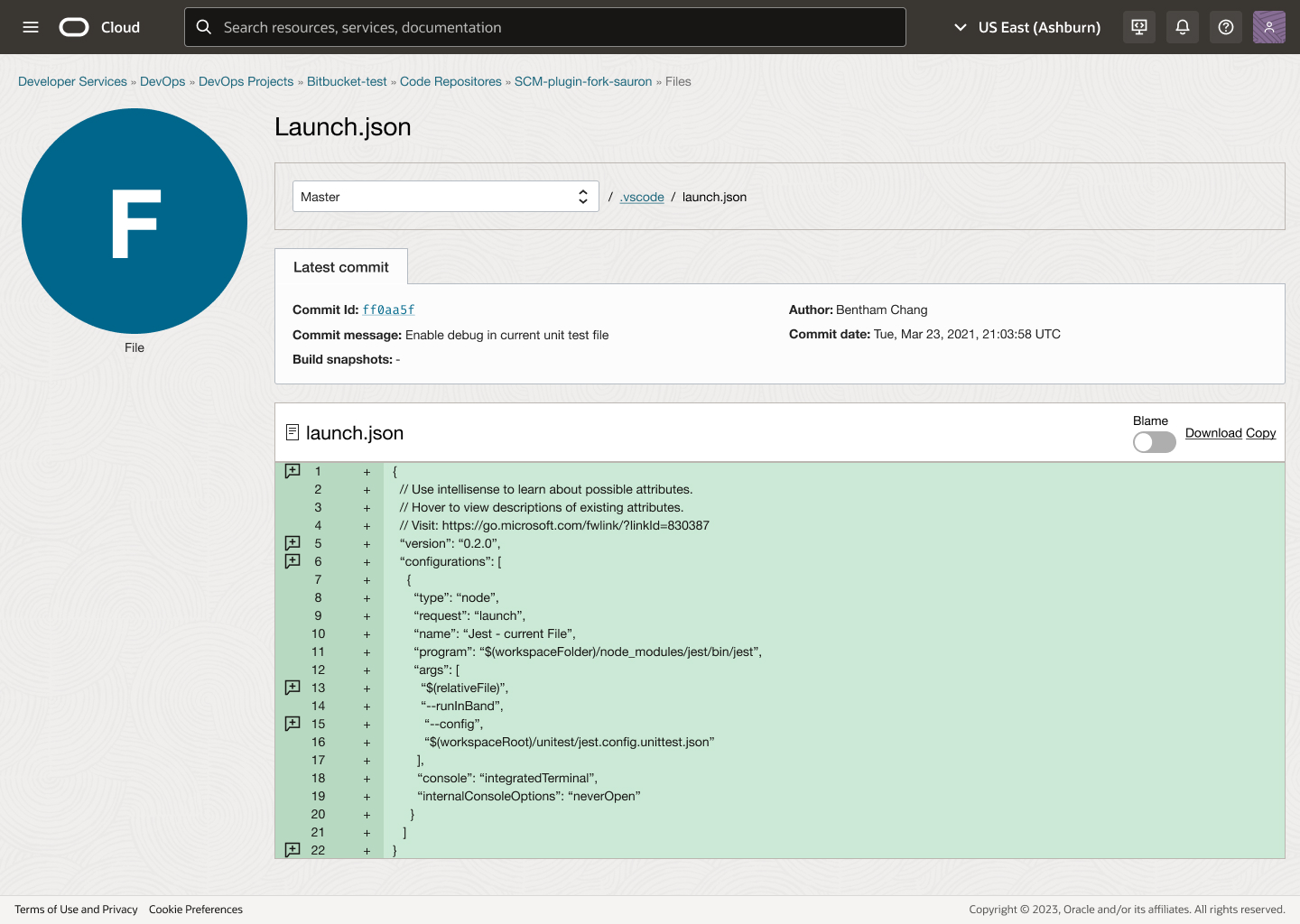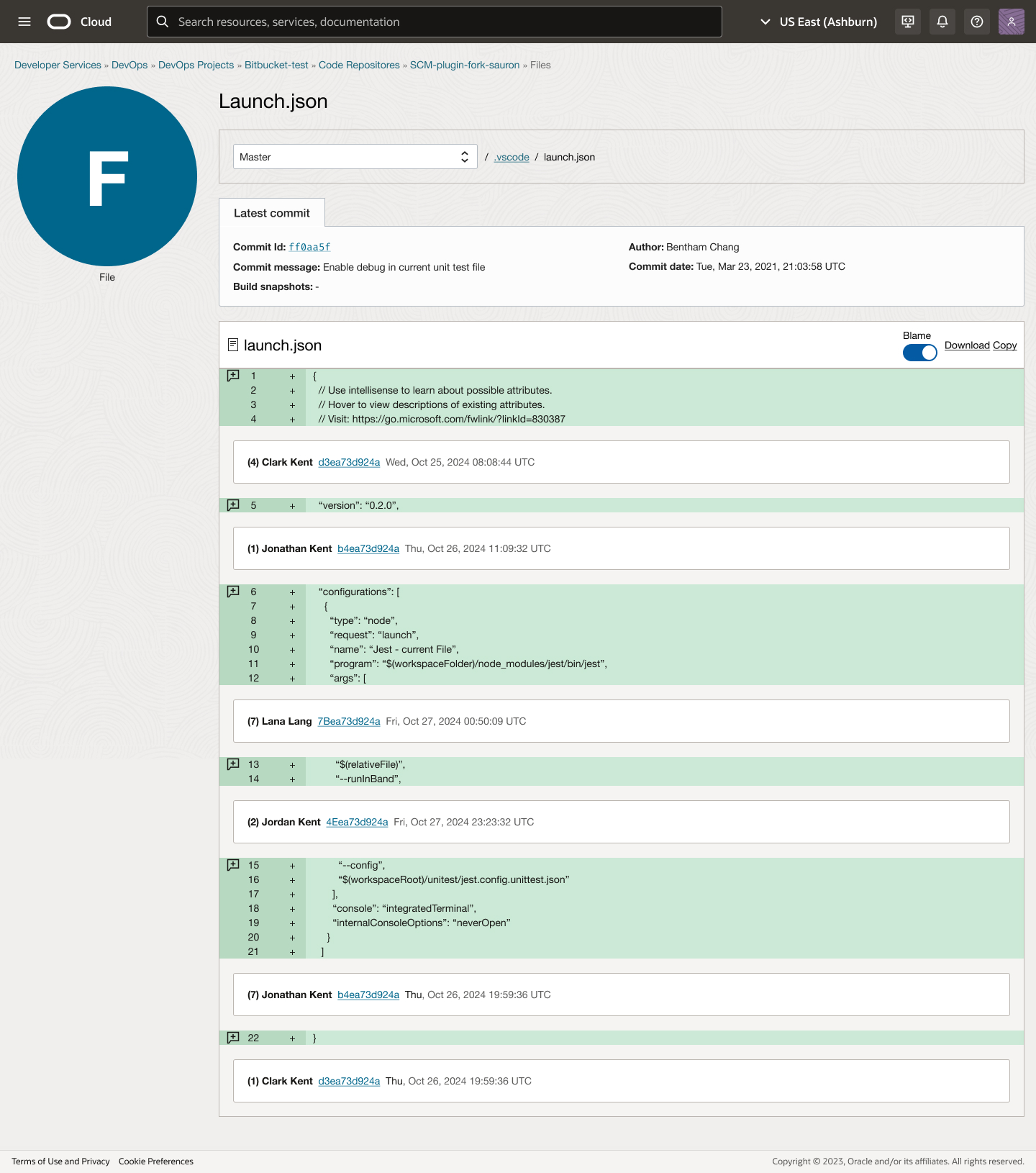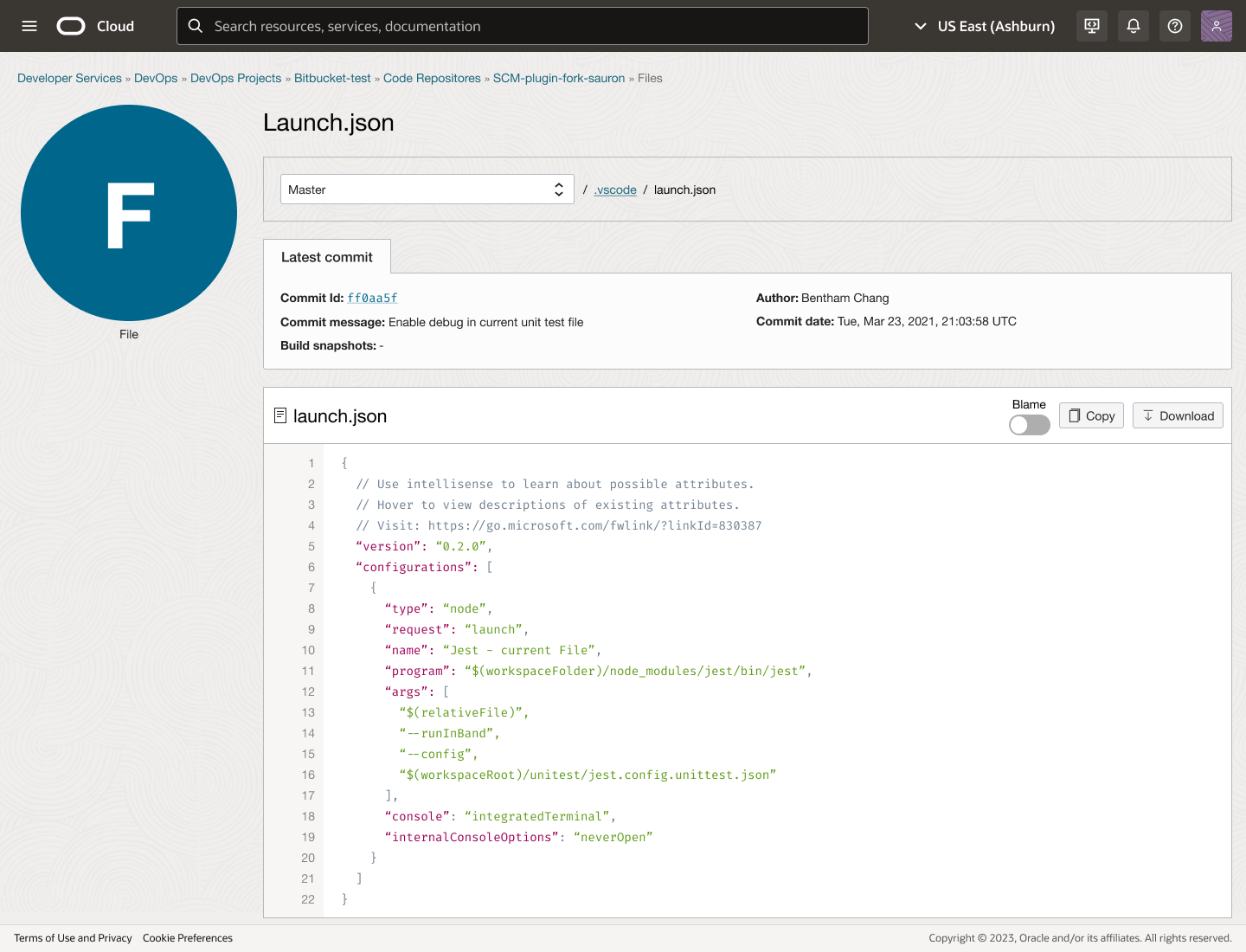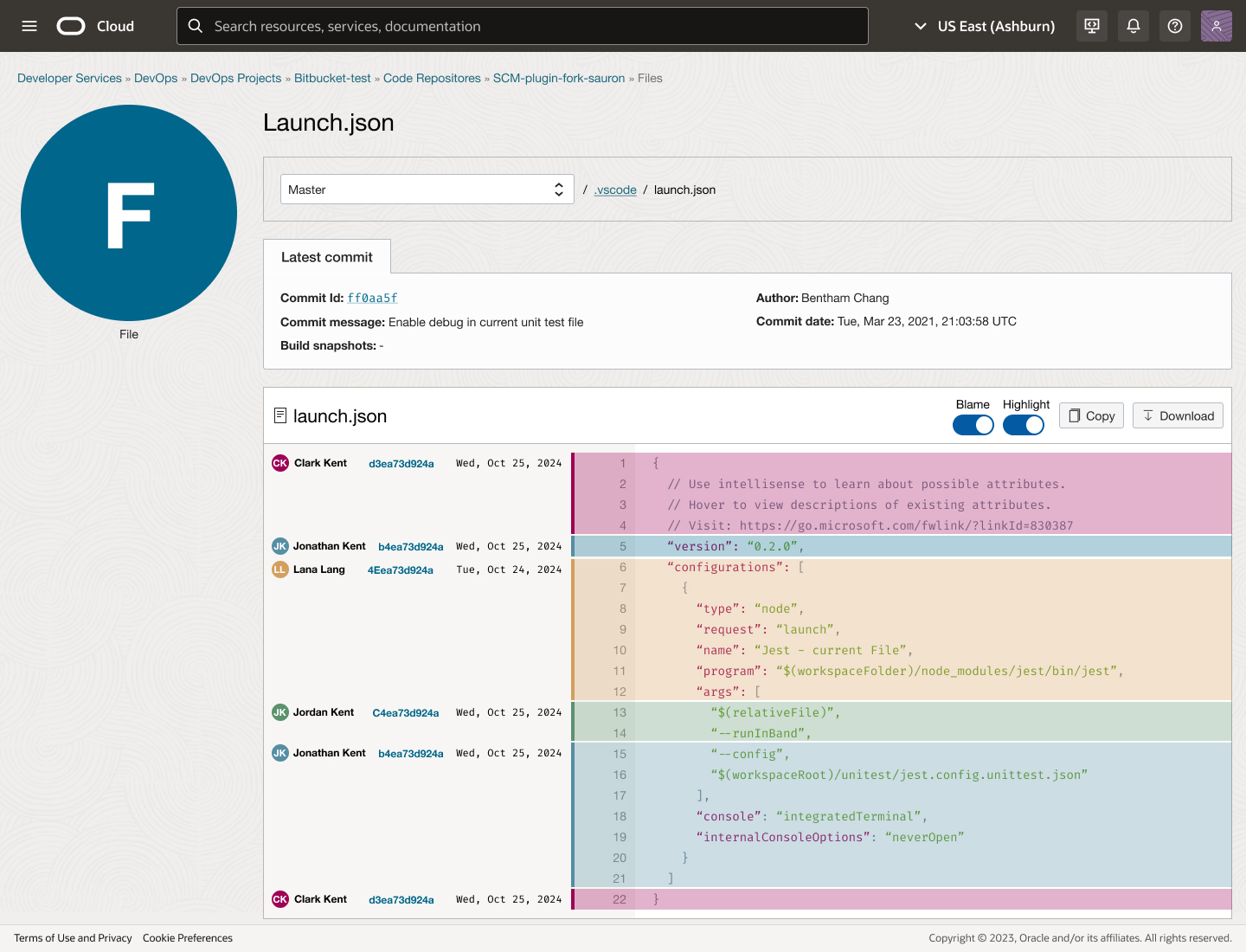Bringing Source Code Internal
Move fast and iterate often! Extremely valuable when you are just getting started and with the utilization of third-party tools, you can get off the ground fast. But when a company matures, reliances on 3rd party services need to take a back step in the name of security.
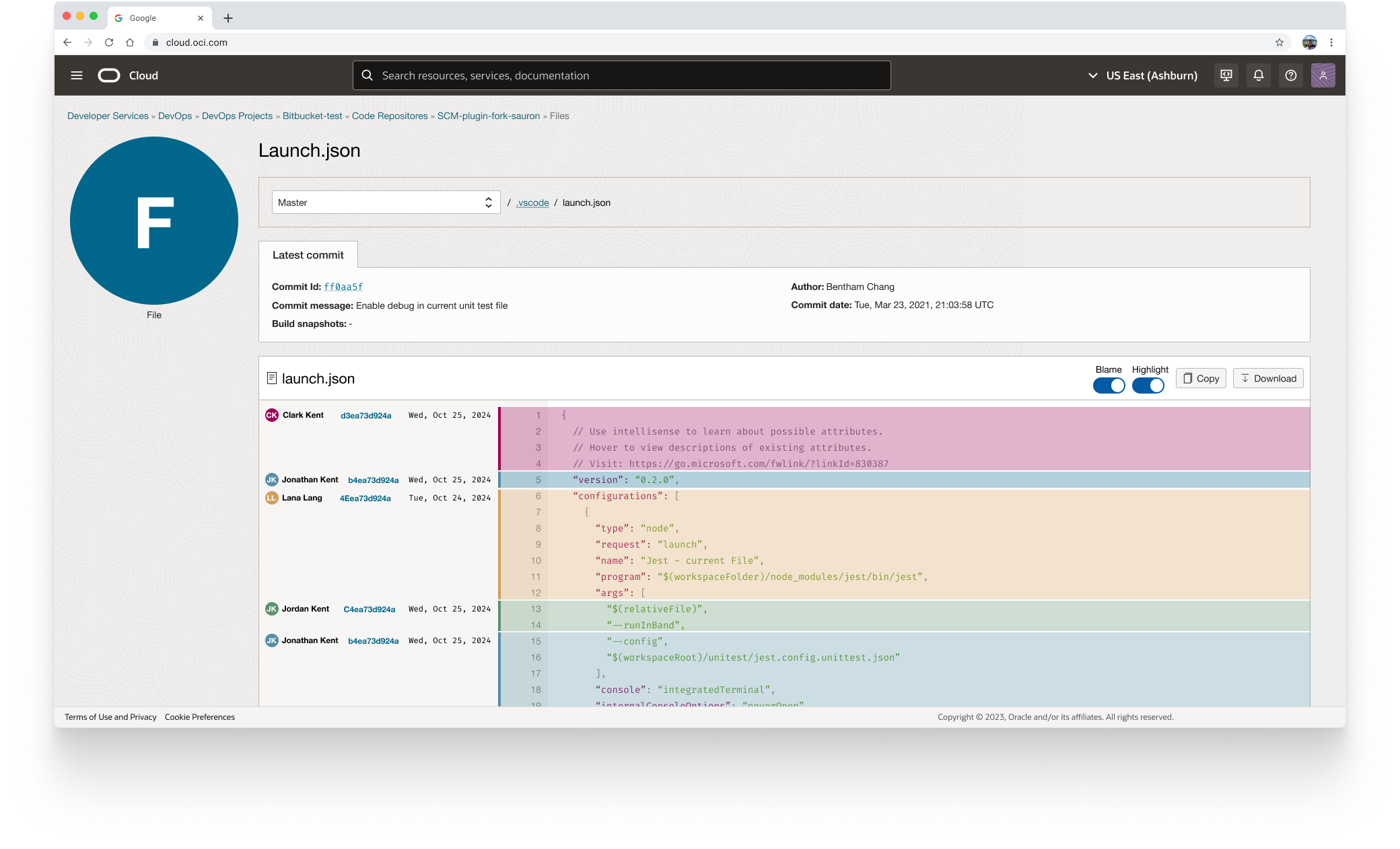
Next Project:
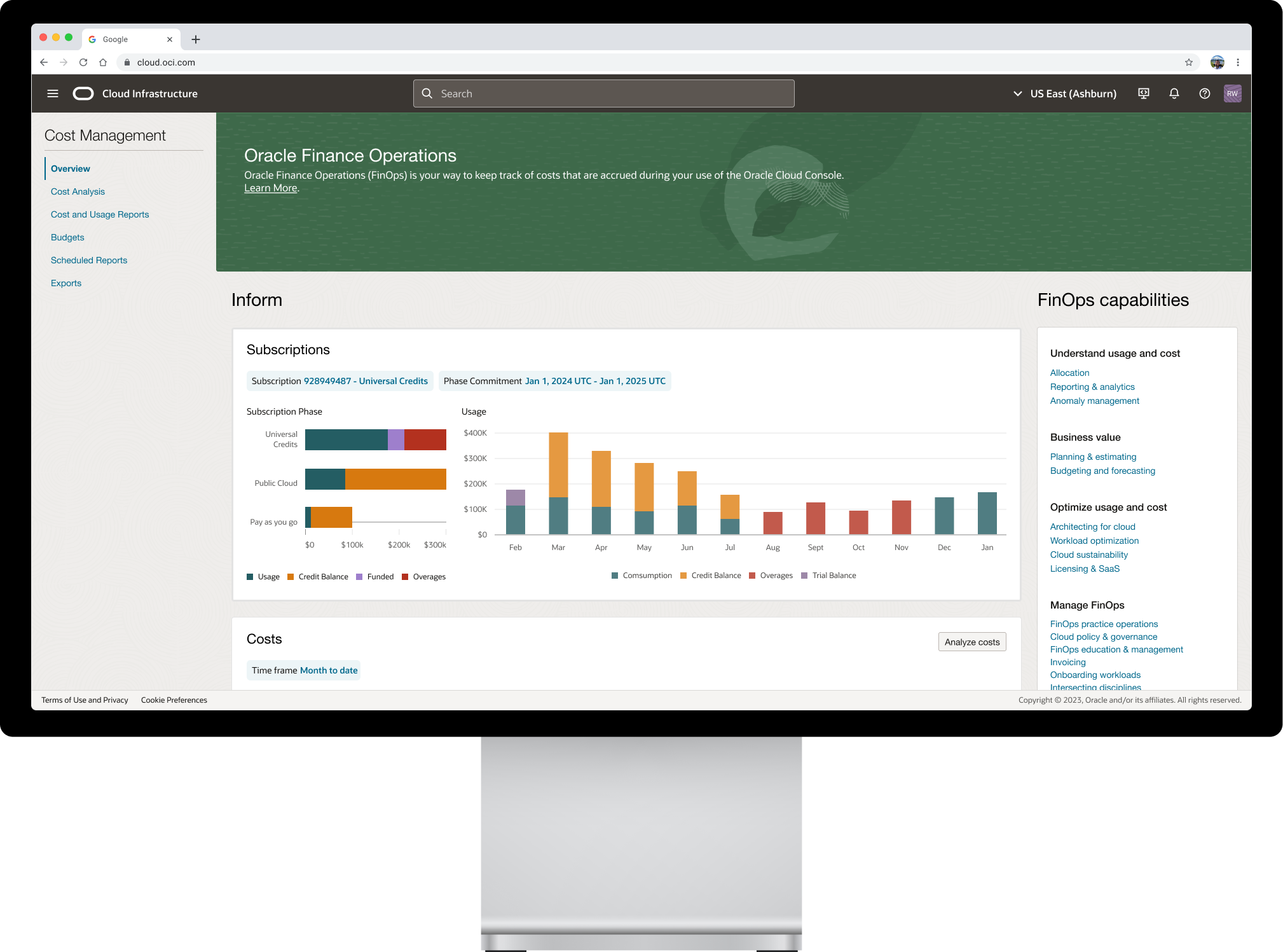
Financial Operations
Discovering an unknown cost in anything can be jarring and dissapointing, but when budgets can hit six figures a month, it is imperative to know where you are spending your money. Just by monitoring resource usage internally resulted in a huge save for the company let alone delighted customers as they grew their cloud businesses.
See Next Project View all projects